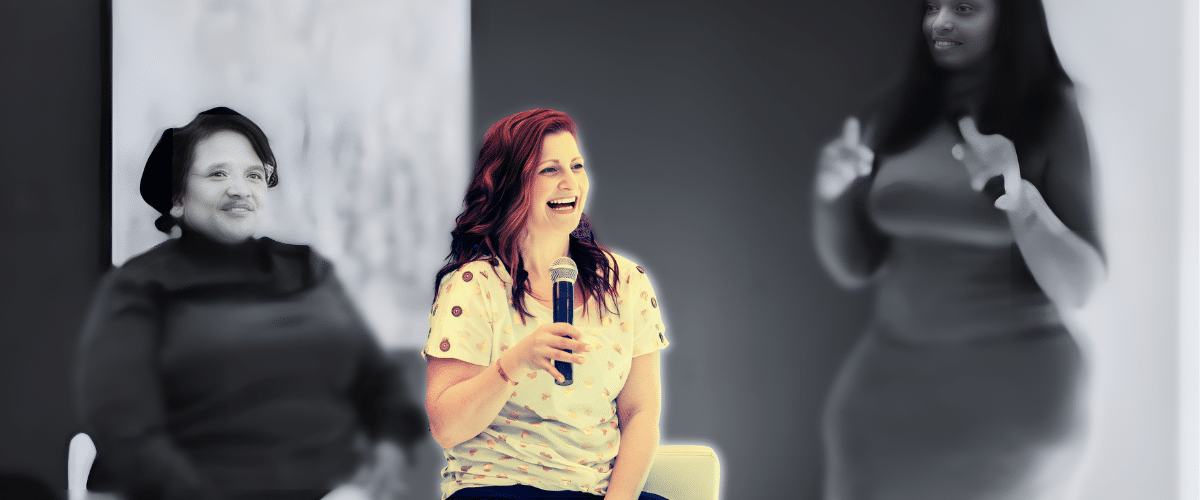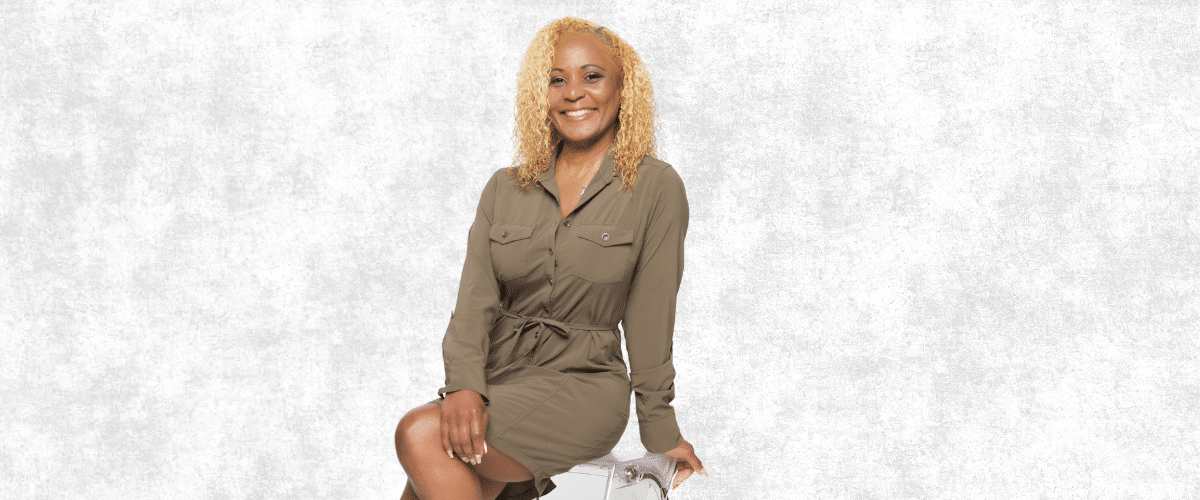In the diverse spectrum of human experiences, art resonates as a universal language, effortlessly crossing the divides of age, culture, and socioeconomic differences. This universal appeal of art is profoundly significant for children and youth, particularly for those hailing from underprivileged environments. The path of growing up is often fraught with challenges, varying from personal familial struggles to broader societal issues.
Amidst this complexity, art gains prominence, not merely as a medium of self-expression but as a crucial instrument for nurturing mental and emotional health. Advocates like former LEAP board member Frederica Wald recognize and champion this perspective, underscoring the importance of art therapy in supporting the psychological and emotional development of young individuals, especially those facing adversity. Her advocacy and support for art therapy illuminate the role it plays in offering solace and a voice to those who might otherwise remain unheard.Frederica Wald
A Canvas for Emotional Expression
For many young people, particularly those from less privileged backgrounds, the weight of their circumstances can be overwhelming. Poverty, family instability, and limited access to mental health resources are just a few of the myriad issues they face. In such environments, emotional expression and personal development often take a backseat to survival. This is where art therapy steps in as a beacon of hope.
Art therapy provides a safe and nurturing space for children and teenagers to express their emotions, fears, and hopes. It is a process that allows them to delve into their inner worlds, using paints, clay, collage, or any medium that resonates with them. This form of expression can be incredibly liberating. It enables young individuals to communicate feelings they may not have words for or are too afraid to speak aloud. Through the strokes of a brush or the shaping of clay, they can confront and process complex emotions, from anger and sadness to joy and hope.
Bridging Communities Through Art
Art therapy extends beyond the realm of personal exploration and healing; it fosters a collective experience that binds communities. Frederica Wald, an ardent supporter of art therapy, emphasizes the significant role group art projects play in creating bonds among young individuals from varied backgrounds. These collaborative artistic endeavors are instrumental in nurturing a sense of unity and belonging, elements that are crucial for the well-being of underprivileged youth who often confront feelings of marginalization in their daily lives. Wald’s advocacy highlights how these shared artistic experiences can serve as a powerful tool for social cohesion and emotional support, creating a supportive environment where every young person feels valued and connected.
Overcoming Challenges Through Creativity
One of the most significant aspects of art therapy is its ability to help young people navigate the challenges they face. For those dealing with trauma, anxiety, or depression, art offers a therapeutic outlet. It can be particularly beneficial for children and teenagers who have experienced trauma, as it provides a way to process their experiences without the pressure of articulating them verbally.
In dealing with mental health issues, proponents like Frederica Wald believe that art therapy can be a gentle yet powerful tool. It helps in managing symptoms, reducing stress, and improving overall well-being. For instance, creating art can be a meditative process, helping to calm the mind and provide a respite from anxiety. For those struggling with depression, the act of creation can be a way to re-engage with the world, sparking joy and a sense of purpose.
Furthermore, art therapy proves to be a key factor in tackling behavioral challenges. Engaging in artistic endeavors, youths discover methods to direct their energies constructively. They cultivate methods for emotional regulation that extend past the confines of therapy sessions, providing practical benefits in their daily experiences. For example, a young person wrestling with feelings of anger might find solace and control in the act of drawing, using it as a means to soothe themselves during moments of frustration. Gradually, these artistic routines take root, presenting a beneficial avenue for emotional expression and management. This approach, championed by advocates like Frederica Wald, highlights the enduring impact of art therapy in fostering healthier emotional responses among the youth.
A Path to Healing and Growth
The benefits of art therapy extend far beyond the immediate act of creating. It is a path to healing and growth, with long-lasting effects on a young person’s life. Children and teenagers who engage in art therapy often show improvements in various areas, from academic performance to social interactions.
In educational settings, incorporating art into the curriculum can have a profound impact on students, especially those who struggle with traditional learning methods. Art activities can enhance cognitive skills, such as problem-solving and critical thinking. They also encourage perseverance and focus, qualities that are beneficial in all areas of study.
Art therapy stands as an essential instrument in bolstering the psychological and emotional health of young individuals, especially for those hailing from less advantaged environments. Frederica Wald backs this approach, recognizing its power as a distinctive outlet for expression, a bridge for interpersonal connections, and a means to surmount life’s obstacles.
As the awareness of mental health’s critical role in society heightens, the contribution of art in fostering healing and personal development gains greater acknowledgment. For young individuals who are navigating the intricacies of life, art therapy transcends the mere act of producing artworks; it represents the shaping of a more optimistic, self-assured, and interconnected future. This perspective, promoted by figures like Wald, underscores the transformative impact of art therapy in guiding youth towards a brighter and more resilient tomorrow.
Published by: Nelly Chavez







